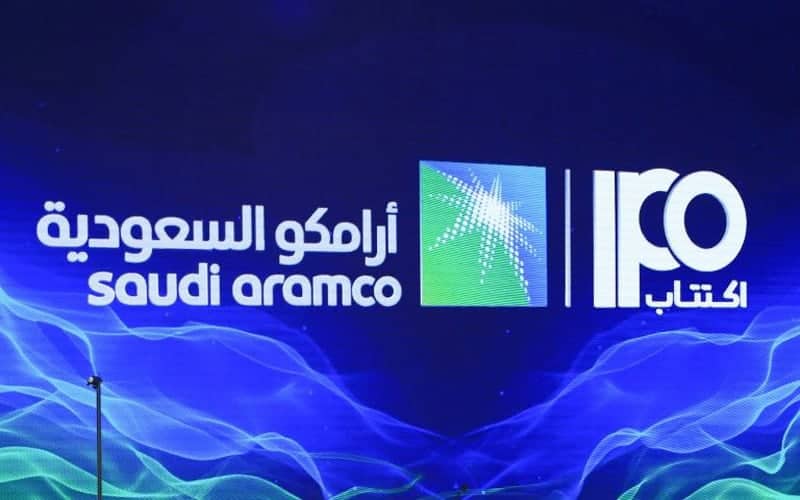Dubai: From its beginnings in 1938 when it first struck oil with the aptly named “Prosperity Well”, Saudi Arabia’s energy giant Aramco has delivered unimaginable riches to the desert kingdom.
It has since grown into the world’s largest and most profitable company, generating 10 percent of global crude supplies and trillions of dollars in income.
Aramco’s plans to list on the Saudi stock exchange, in what could be the world’s largest IPO, represents a “historic moment” in the firm’s evolution, its chairman Yasir al-Rumayyan said Sunday.
“Aramco will be a source of greater national pride and admiration. We look forward to welcoming our new shareholders,” he said at a press conference’s at the firm’s headquarters in the eastern Saudi city of Dhahran.
Aramco was expected to launch the much-anticipated IPO in October but the process was delayed, reportedly due to Crown Prince Mohammed bin Salman’s dissatisfaction with the valuation, which fell short of a hoped for $2 trillion.
Analysts now value it at up to $1.7 trillion but that figure, and the size of the sale, will be decided later in the listing process.
“We can’t comment on the valuation at this point. We will first look into offers,” from investors, Rumayyan said.
Aramco’s 2018 net profit of $111.1 billion is higher than the profits of Apple, Google and Exxon Mobil combined.
But the energy giant has been hit by a recent string of attacks on its facilities, the latest and most serious halting the flow of 5.7 million barrels of oil per day — over half of its output — in drone strikes on September 14.
The strikes had threatened to undermine plans for Aramco to make its stock market debut but it has pressed ahead, despite simmering tensions with Iran which has been blamed for the attack.
– Striking gold –
Aramco has its origins in a 1933 concession agreement signed by the Saudi government with the Standard Oil Company of California. Drilling began in 1935 and the first oil began flowing three years later.
It gained its current name from the subsidiary created to manage the agreement that was called the Arabia American Oil Company in the late 1940s.
In 1949, oil production hit a milestone 500,000 barrels per day and the following year Aramco built the 1,212-kilometre (753-mile) Trans-Arabian Pipeline to export Saudi oil to Europe across the Mediterranean Sea.
Production rose rapidly after the discovery of large offshore and onshore oilfields including Ghawar, the world’s largest with some 60 billion barrels of oil, and Safaniya, the biggest offshore field with 35 billion barrels.
In 1973, with prices spiking at the peak of the Arab oil embargo — imposed against the US over its policy on Israel — the Saudi government acquired 25 percent of Aramco to increase its share to 60 percent and become a majority stakeholder.
Seven years later, it was nationalised, and in 1988 it became the Saudi Arabian Oil Company, or Saudi Aramco.
From the 1990s, Aramco invested hundreds of billions of dollars in massive expansion projects, raising its oil output capacity to over 12 million barrels per day, alongside making bold international acquisitions and pursuing joint ventures.
In mid-September, Aramco maintained some 260 billion barrels in proven oil reserves, the second largest in the world after Venezuela, in addition to 300 trillion cubic feet of gas.
Based in Dhahran in the country’s east, the firm has key oil operations in the United States, China, India, South Korea and several European and Asian nations.
Aramco has also built a network of pipelines and refineries inside and outside the kingdom and expanded its presence in the petrochemicals industry.
In the past few years and following the acquisition of petrochemicals giant SABIC, Aramco has become the largest integrated energy firm in the world.
Opening its account books for the first time earlier this year, the company generated $356 billion in revenues in 2018.
The opening of its secretive accounts was designed to increase transparency ahead of the IPO which is the cornerstone of de facto leader Prince Mohammed’s “Vision 2030” reform plans for the country.

